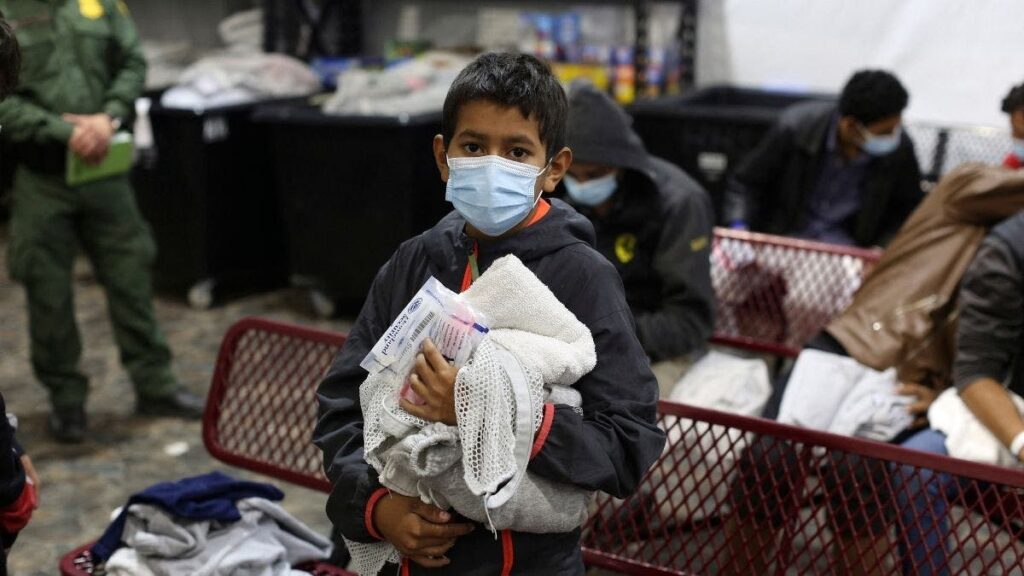Like a rancher mending broken fences after a storm, the Trump administration has begun the painstaking work of tracking down more than 320,000 migrant children who slipped through the cracks of a broken system.
The numbers tell a stark tale. Under the previous administration, over half a million unaccompanied children crossed our southern border, many vanishing into a bureaucratic maze with little more than a phone call to verify their supposed guardians.
“It’s as though we were handing over precious cargo with our eyes closed,” says John Fabbricatore, newly appointed to lead this critical mission at Health and Human Services. A veteran of immigration enforcement, Fabbricatore speaks with the weighted concern of someone who’s seen the consequences firsthand.
The previous system’s failures read like a horror story written in government memo form. Children placed with drug dealers. Young girls handed over to predators posing as relatives. Federal whistleblowers eventually exposed how this bare-bones vetting process led vulnerable children straight into the hands of traffickers, gang members, and sex offenders.
But now, like a ship changing course in rough seas, the entire process has been overhauled. Where once a simple phone call and emailed photo sufficed, today’s sponsors face rigorous scrutiny. Fingerprinting and background checks are mandatory, not just for potential guardians but for all adults in the household. Proof of income must demonstrate their ability to provide proper care.
Perhaps most significantly, DNA testing now verifies claimed family relationships – a scientific safeguard against those who would exploit family ties for nefarious purposes. Homeland Security agents conduct in-person interviews, while HHS officials inspect homes to ensure they’re suitable for a child’s wellbeing.
Yet challenges remain, particularly regarding older teens who are “aging out” of the system. These young people, many sent by desperate parents seeking economic opportunity, often walk free at 18 before their immigration cases conclude. It’s a complex problem requiring careful balance between compassion and the rule of law.
The scope of this undertaking cannot be understated. Tracking down 320,000 children scattered across America’s vast landscape would be daunting even with perfect records. But like piecing together a puzzle with missing pieces, officials must work with often incomplete or inaccurate information from the previous administration’s tenure.
As this story continues to unfold, one truth stands clear: the measure of any society lies in how it protects its most vulnerable. In the words of those working on the front lines of this crisis, every child deserves to be more than just a case number in a government file.
And that’s the way it is – a story of bureaucratic failure being met with renewed determination to protect those who cannot protect themselves.


